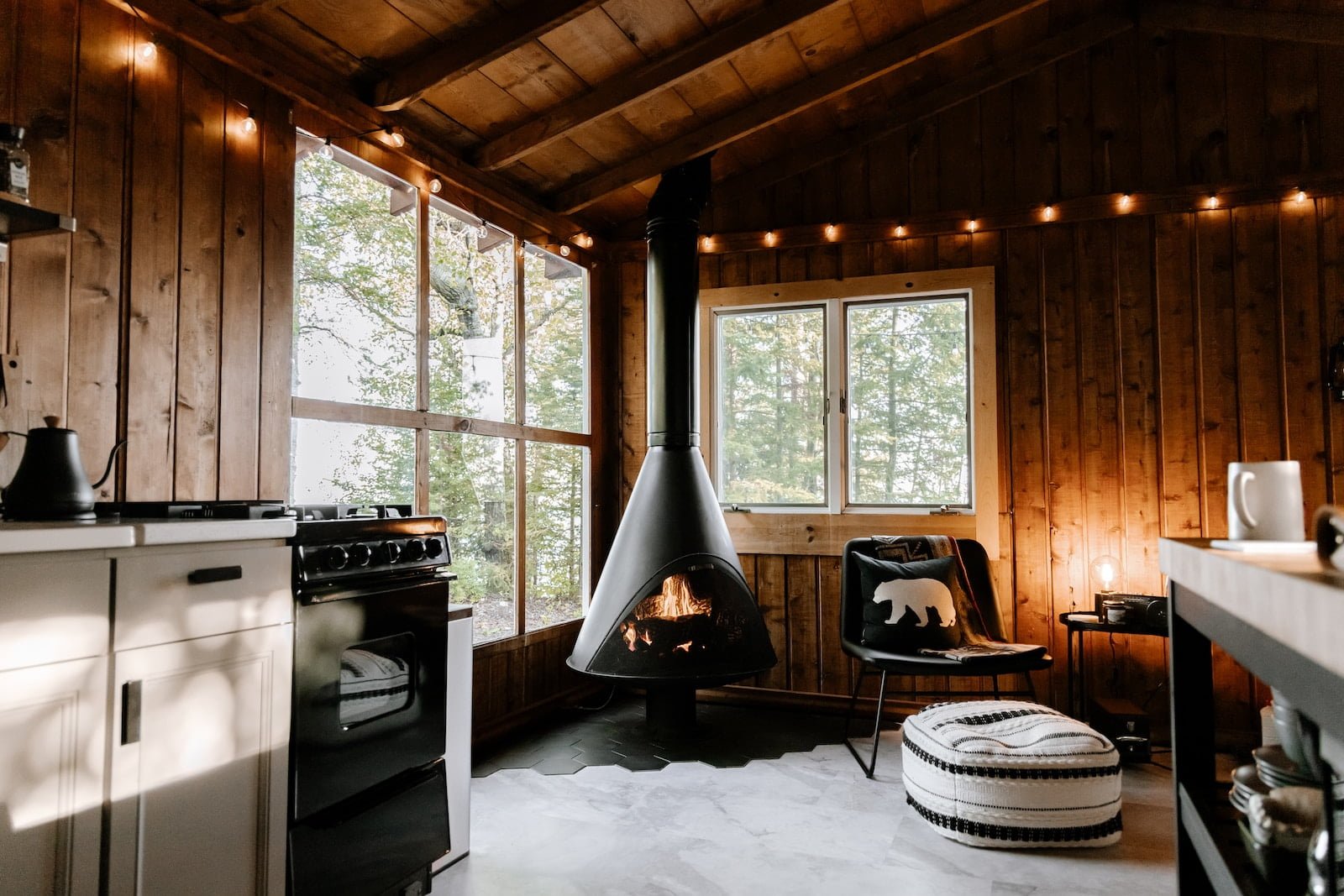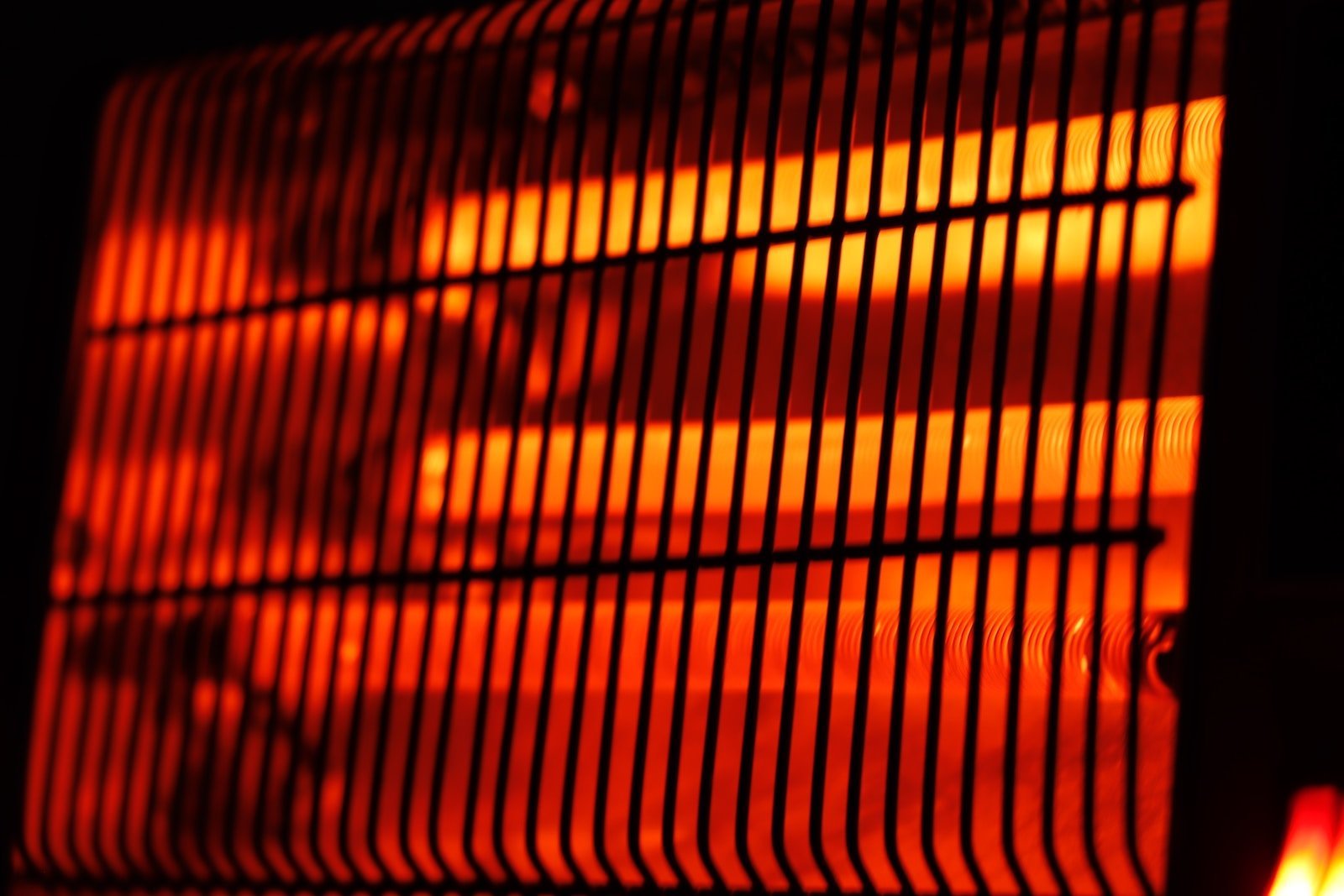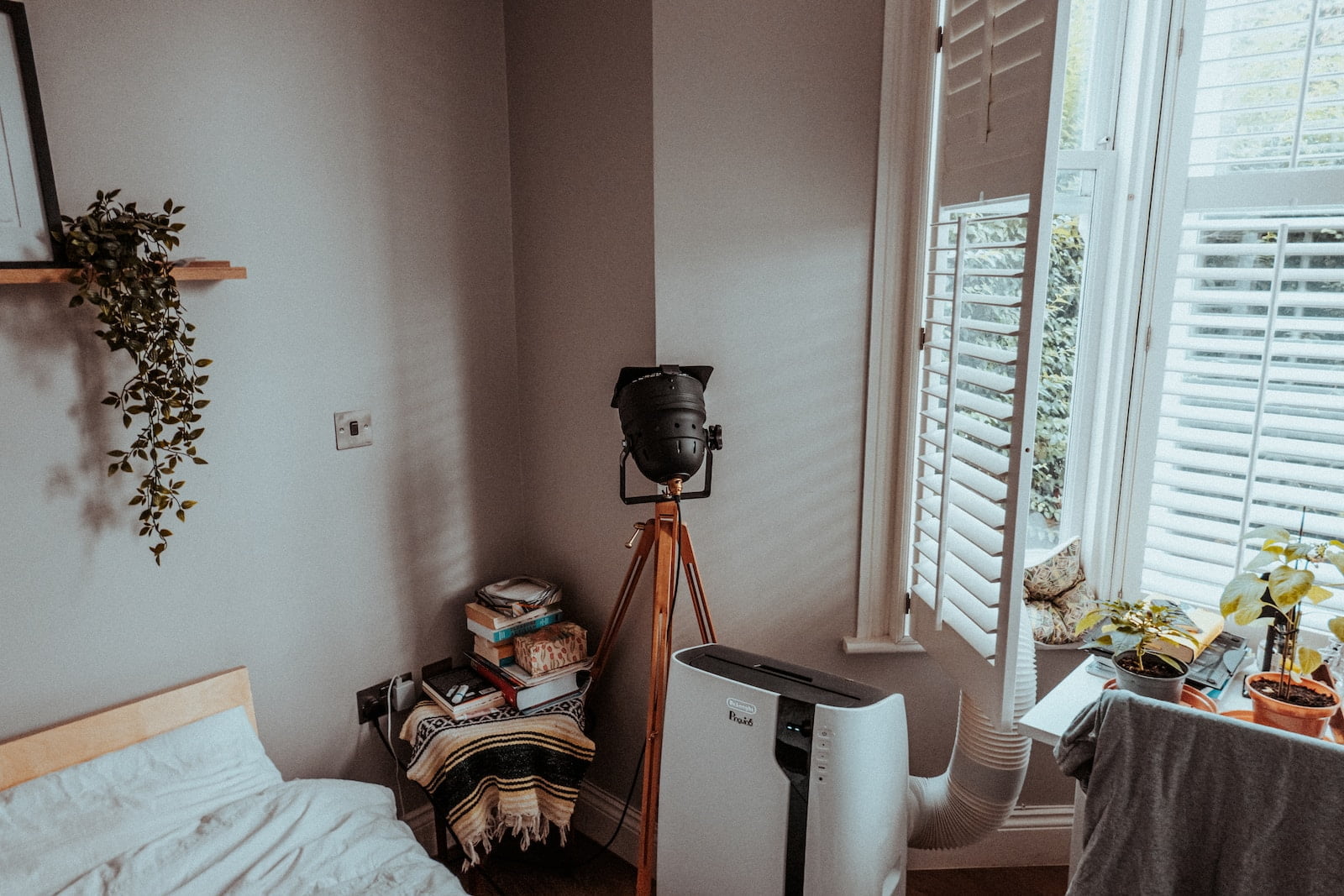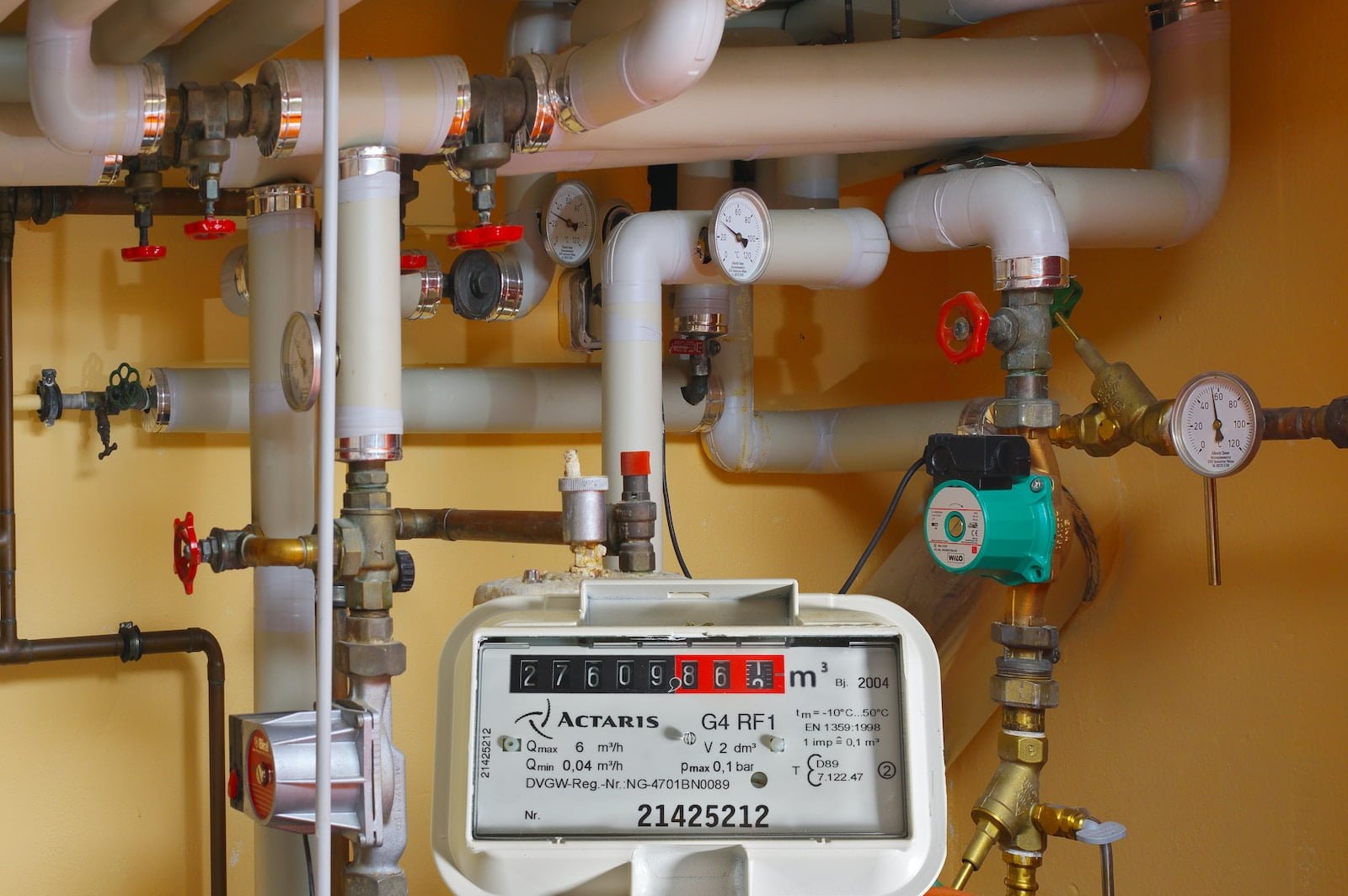Solving the Mystery of Ceiling Fans: How They Affect Room Temperature
When it comes to keeping your home cool and comfortable, ceiling fans are an excellent addition to any room. Not only do they provide a refreshing breeze, but they can also be used to circulate warm air during the colder months. Ceiling fans have been a popular choice for homeowners for decades, and with good reason. They are energy-efficient and cost-effective, making them a practical solution for anyone looking to reduce their energy bills. In this article, we will explore the functionality of ceiling fans and how they work to keep your home comfortable all year round.
Firstly, it is important to understand how ceiling fans work. They are designed to create a cooling effect by moving air around the room. This is achieved by the rotation of the fan blades, which creates a downward airflow that helps to circulate the air in the room. The breeze created by the fan helps to evaporate sweat from the skin, which provides a cooling sensation. Additionally, ceiling fans can be used in conjunction with air conditioning to increase the efficiency of the cooling system and reduce energy consumption.
There are many different types of ceiling fans available on the market, each with its own unique features and benefits. Some fans come with built-in lighting, while others have remote controls for ease of use. It is important to consider factors such as room size, ceiling height, and blade length when choosing a ceiling fan for your home. With so many options available, there is sure to be a ceiling fan that meets your specific needs and preferences.
In conclusion, ceiling fans are a practical and cost-effective solution for keeping your home cool and comfortable. They work by circulating air around the room, creating a refreshing breeze that helps to evaporate sweat and reduce the temperature. With a wide range of options available, there is sure to be a ceiling fan that meets your needs and enhances the comfort of your home.
The Science Behind Ceiling Fans and Their Impact on Room Temperature
Ceiling fans are a popular and effective way to keep a room cool during hot weather. But how do they work, and what impact do they have on room temperature? The science behind ceiling fans is actually quite simple. When you turn on a ceiling fan, the blades start to rotate, pushing air downwards. This creates a cooling effect, which can make you feel more comfortable even if the room temperature hasn’t changed.
But how does this affect the actual temperature in the room? Well, it’s important to note that ceiling fans don’t actually lower the temperature of the air in the room. Instead, they create a wind chill effect, which can make you feel cooler. This means that if you leave a ceiling fan on in an empty room, it won’t actually make the room any cooler. However, if you’re in the room and feeling hot, turning on the ceiling fan can make a big difference.
In fact, using a ceiling fan can allow you to set your thermostat a few degrees higher without sacrificing comfort. This can save you money on your energy bill, as your air conditioning won’t have to work as hard to keep the room cool. So, while ceiling fans may not directly lower the temperature in a room, they can still have a big impact on your comfort and energy usage.
Factors That Influence the Efficiency of Ceiling Fans in Cooling a Room
Another factor that can influence the efficiency of ceiling fans in cooling a room is the size and pitch of the blades. Ceiling fans with longer blades are generally more efficient in circulating air and cooling a room. The pitch or angle of the blades also plays a role in the efficiency of the fan. Blades with a steeper pitch tend to move more air and create a stronger breeze, which can help cool a room faster. However, it is important to note that the size and pitch of the blades should be balanced with the size of the room to avoid overworking the fan and causing it to consume more energy than necessary.
The height at which the fan is installed can also affect its efficiency in cooling a room. Ceiling fans should be installed at a height of at least 7 to 9 feet from the floor to ensure optimal air circulation. Installing the fan too low can result in the air being directed towards the floor, while installing it too high can cause the air to be directed towards the ceiling. This can result in inefficient cooling and wasted energy. Therefore, it is important to install the fan at the right height to ensure maximum efficiency in cooling the room.
Lastly, the direction of the fan blades can also impact the efficiency of the ceiling fan in cooling a room. During the summer months, the fan should be set to rotate counter-clockwise to create a cool breeze that circulates air around the room. Conversely, in the winter months, the fan should be set to rotate clockwise to create an updraft that pushes warm air down from the ceiling. By adjusting the direction of the fan blades according to the season, you can maximize the efficiency of your ceiling fan and reduce your energy consumption.
Advantages and Disadvantages of Using Ceiling Fans for Temperature Control
One of the biggest advantages of using ceiling fans for temperature control is their energy efficiency. Ceiling fans consume much less energy compared to air conditioning units, making them a cost-effective option for cooling a room. Additionally, ceiling fans are versatile and can be used in conjunction with an air conditioning unit to help circulate cool air throughout a room. They can also be used in the winter to help distribute warm air, making them a year-round solution for temperature control.
However, there are also some disadvantages to using ceiling fans. For one, they do not actually cool the air in a room. Instead, they create a wind chill effect that can make a room feel cooler. This means that if the temperature is already extremely high, a ceiling fan may not be enough to provide adequate cooling. Additionally, ceiling fans can be noisy and may not be suitable for use in certain environments, such as a bedroom or a quiet office space.
Overall, ceiling fans can be a great option for temperature control, particularly in moderate climates or when used in conjunction with an air conditioning unit. However, they may not be suitable for all environments or temperatures, and it is important to weigh the pros and cons before deciding whether or not to use a ceiling fan for temperature control.
Tip #3: Adjust the Ceiling Fan Direction
Did you know that you can adjust the direction of your ceiling fan to optimize its cooling or heating effect? During the summer, you want the fan to blow air downwards to create a cooling breeze. This is achieved by setting the fan to rotate counterclockwise. On the other hand, during the winter, you want the fan to circulate warm air trapped near the ceiling. This is achieved by setting the fan to rotate clockwise. By adjusting the direction of your ceiling fan according to the season, you can achieve your desired room temperature more efficiently and effectively.
Additionally, make sure that your ceiling fan is installed at the right height. Ideally, the blades should be at least 7 feet above the floor and 8 to 10 inches below the ceiling for optimal air circulation. If your ceiling is higher than 8 feet, consider installing an extension rod to lower the fan to the right height. By following these tips, you can maximize the benefits of your ceiling fan and achieve your desired room temperature without breaking the bank.






